QuestionQUESTION: I recently had to put my 10 year pug on the Hills prescription diet w/d canned food after we learned the hard way that he was diabetic, pancreatic attack, thyroid problem and has in the past had surgery to remove stones from bladder.
This is an expense that I can not afford as I am currently unemployed. Is there another dog food that I can give him that would be okay for him to eat given all of his health issues. He spent a week at the vet due too all of this with a 40% chance of of living at a tune of $1000.00. I love him dearly as any pet owner would know, but I really need to find an alternative to this costly food.
HELP ME PLEASE!!!!!!!
ANSWER: Hi Tamara,
You and your boy certainly have been through a lot. I imagine his thyroid and diabetes are now being treated with medications.
I took a look at the food you're feeding currently and my first thought was Where's the food? It contains many things your dog can digest little to none of. It contains a lot of fiber, which is basically a Band-Aid. A dog on a proper diet doesn't have the need for a ton of fiber.
You don't mention how much of the food you are feeding a day, is 13oz in the ballpark? That is the typical weight of one can.
If this were my dog I would switch to a species appropriate diet. Doing this you can get the same percentages found in the prescription food for less money.
There are commercial raw foods available which given the size of your dog would be convenient and affordable. I am most familiar with Nature's Variety raw line. A 25 pound bag of chicken medallions runs around $50. I know it sounds expensive. But when we break it down with cost per ounce and daily feeding amounts it works out to be inexpensive, plus your dog will actually be getting nutrients out of his food. Currently a lot of what's going in your dog, is coming right back out on your lawn.
I did a quick break down for you, for this break down I assume your dog weighs about 15 pounds.
Daily feeding amount: 4.8oz
Amount of ounces per 25 pound bag: 400
Cost per ounce: $0.12
Daily cost to feed: $0.59
Approximate number of feedings per bag: 83
I compared the percentages of fat, protein etc. between the two, the problem in doing that is Hill's gave percentages according to dry matter, where Nature's Variety gave whole percentages. This would make it appear that some of the percentages are higher for the Hill's food. The dry matter percentages don't include water content, when you remove water from a food the percentage of proteins, fats, etc. increase. But I would venture to say that if Hill's gave whole percentages they would appear similar to the Nature's Variety with the possible exception being fiber content. It would be nice of Hill's to include both the whole and dry matter percentages since we know canned food has moisture.
The other option would be to put your own diet together. It does sound like an overwhelming undertaking in the beginning, but once you get the hang of it its like second nature. When you combine research with savvy shopping and deal hunting your dog can eat like a king for little expense. My current dog food bill is around $60 a month for 150 pounds worth of dog. I envy small dog owners sometimes. I recently made up a diet plan for a 10 pound dachshund, if they shop well they'll be able to feed her for about $0.25 a day.
If that's something that interests you let me know.
Wishing you both the best,
Jess
****Answers are not a substitute for proper veterinary care. When in doubt please consult your veterinarian.
While I strive to provide the best most accurate and up to date information, individual owners are ultimately responsible for their pets care. Any and all information is used at your own risk.
---------- FOLLOW-UP ----------
QUESTION: Thank you and yes I am totally interested in putting together a plan for my dog. I am giving him 2 13 oz cans a day right now of Hills prescription W/D canine and he is hungry all the time. He is 36.3 oz not 15 and the vet says that it is a good weight for his statue. He as mentioned is not only concerned about his diabeties by even more he said of his digestive system due to the pancreas attack he was hospitilized for.
I do have another question: He is currently on vetsulin U-40 and I am giving him 10 units in the morning and 10 units at night. It is going to cost me about 45.00 a month that I don't have due to my unemployed situation.
I can get free humalog the mix is 75/25 can you tell me if I can give this to him, if so what is the amount, how often and if you can not tell me do you know who can. I just asked my vet dr. today and he told me he doesn't know but if I wanted to experiment with it just start it with giving it to him one time a day in the morning a small amount until I find the right one. Help if you can.
I AM REALLY APPRECIATIVE TO YOUR QUICK RESPONSE AND SENSITIVITY TO OUR FINANCIAL SITUATION. I would hate after 10 years of loving me dog to have to give him away to someone else or even worse put him down because I can not afford the special food, insulin, needles and Soloxine 0.1 mg that I have to give 3 tablets a day for his tyroid.
Anything you can do to help me with the cost of any of this will help us greatly! THANK YOU AGAIN!!
I will wait to hear from you.
Most Greatful! Tami and our dog Pugs
AnswerHe weighs 36.3 pounds? That would put his daily intake of raw food at 11.5 ounces per day.
Typically when we start a dog on raw foods we start with chicken for a couple of weeks. Chicken is easy on the system and has a good meat to bone ratio. You want to feed the biggest pieces you can, this forces this dog to chew his food. Many commercially fed dogs don't know how to chew. They don't have to since there food is in convenient easily swallowed pieces.
You want to avoid poultry with enhancements. This kind of poultry will say things like with added broth, or list a percentage of solution. If it says things like that don't use it for your dog, they contain a lot of salt and the added salt can lead to digestive disaster. This can include consuming large amounts of water and really bad diarrhea among other things. Retained water is fine though.
I would also remove the skin for him. Most dogs tolerate skin just fine and you'll likely be able to slowly add it back later on, but with his previous pancreas issue a load of fat might shock his system.
After he's been on chicken for a week or two you can start adding in other things. Small amounts of organs and other protein sources. Doing this slowly helps teach his digestive system and helps avoid digestive upset. Once he's been introduced to a number of foods you can start feeding a lot of variety, which is key for a raw diet. If you fed nothing but chicken it would eventually lead to nutritional deficiencies.
The ratios of food are important too. But these are met overtime, some do it over a week others over two or three. You aim to feed 80% meat, 10% edible bone and 10% organs half of which needs to be liver. Keeping a food diary in the beginning may help, at the end of two weeks add everything up and see if it equals the 80/10/10 ratio.
It sounds overly complicated in theory, and that puts many off. But once you get into the swing of things its simple.
I'm going to give you some raw feeding resources to check out. In those you'll find answers to common questions and a wealth of other information. Of course if you need clarification or help tweaking things I'm always here.
http://www.dogster.com/forums/Raw_Food_Diet/thread/431875
This appears to be a really long thread to read, but all the information is on the first page. The rest is just people bumping it back to the top of the page.
http://www.rawfed.com
Great source for all the myths surrounding raw feeding.
http://www.rawmeatybones.com/ Tom Lonsdale's website. Tom has two great books on raw feeding Raw Meaty Bones and Works Wonders
I'm still looking for an answer to your insulin question. I'm surprised your vet wasn't more willing to help out as he's got more access to the research than I do.
~Jess

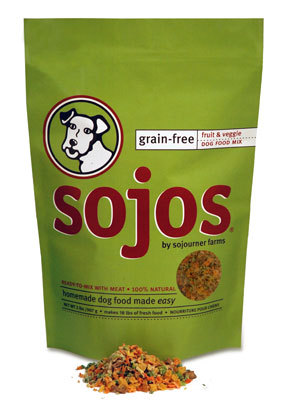 diet - weight loss with sojo grain free cooking ;
diet - weight loss with sojo grain free cooking ;
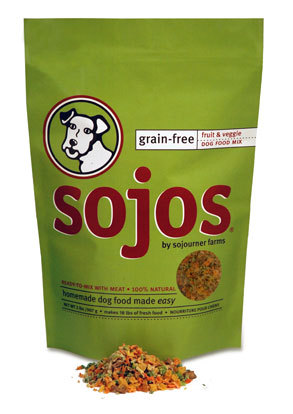 Food Allergies and Struvite stones
Food Allergies and Struvite stones
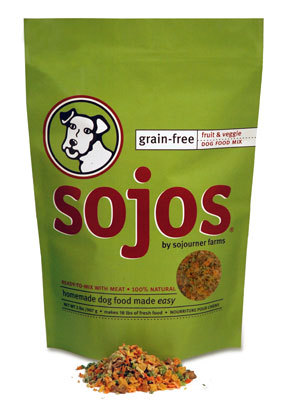 Looking for dog food for urinary crystals/no oats
Looking for dog food for urinary crystals/no oats
 Liver Disease canine lactalose ; cancer-liver diet foods ; nuvet 1/2 dosages;
Liver Disease canine lactalose ; cancer-liver diet foods ; nuvet 1/2 dosages;
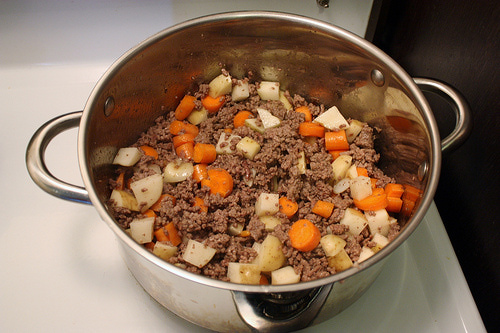 Switching Diets & Cooking for my Dog
Switching Diets & Cooking for my Dog
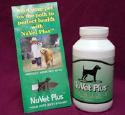 12-13 yr Pekinese Diet Requirements ; Innova ; Wellness dog food ; NuVET Powder vitamins ;
12-13 yr Pekinese Diet Requirements ; Innova ; Wellness dog food ; NuVET Powder vitamins ;
 Feline Canin Urinary SO
QuestionKit the Kat
QUESTION: Had to start a new
Feline Canin Urinary SO
QuestionKit the Kat
QUESTION: Had to start a new
 allergies & food
Question
fall 2009
Hi...I have a 1 1/2 yr old intact ma
allergies & food
Question
fall 2009
Hi...I have a 1 1/2 yr old intact ma
 ITCHY DOG WITH ALLERGIES
QuestionNitro & Turbo
QUESTION: One of my Sh
ITCHY DOG WITH ALLERGIES
QuestionNitro & Turbo
QUESTION: One of my Sh
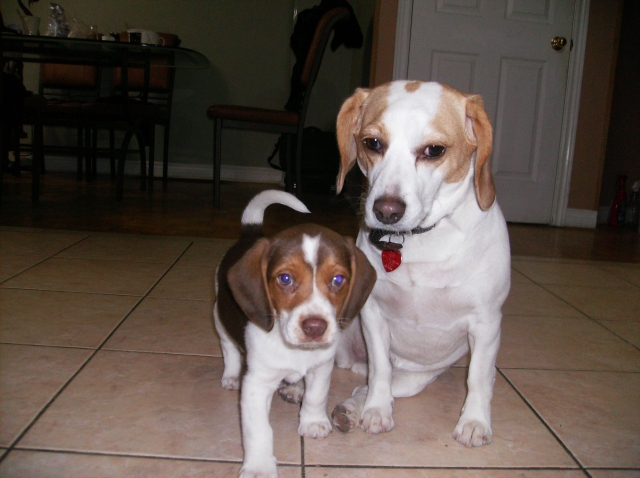 fish oil and aple cider vinegar supplements
Questionmy dogs
QUESTION: Hi, I have been adding
fish oil and aple cider vinegar supplements
Questionmy dogs
QUESTION: Hi, I have been adding
 Hills RX dog reviews; Phos should be below .60 ;
QuestionQUESTION: My 9 year, spayed female min pin has
Hills RX dog reviews; Phos should be below .60 ;
QuestionQUESTION: My 9 year, spayed female min pin has